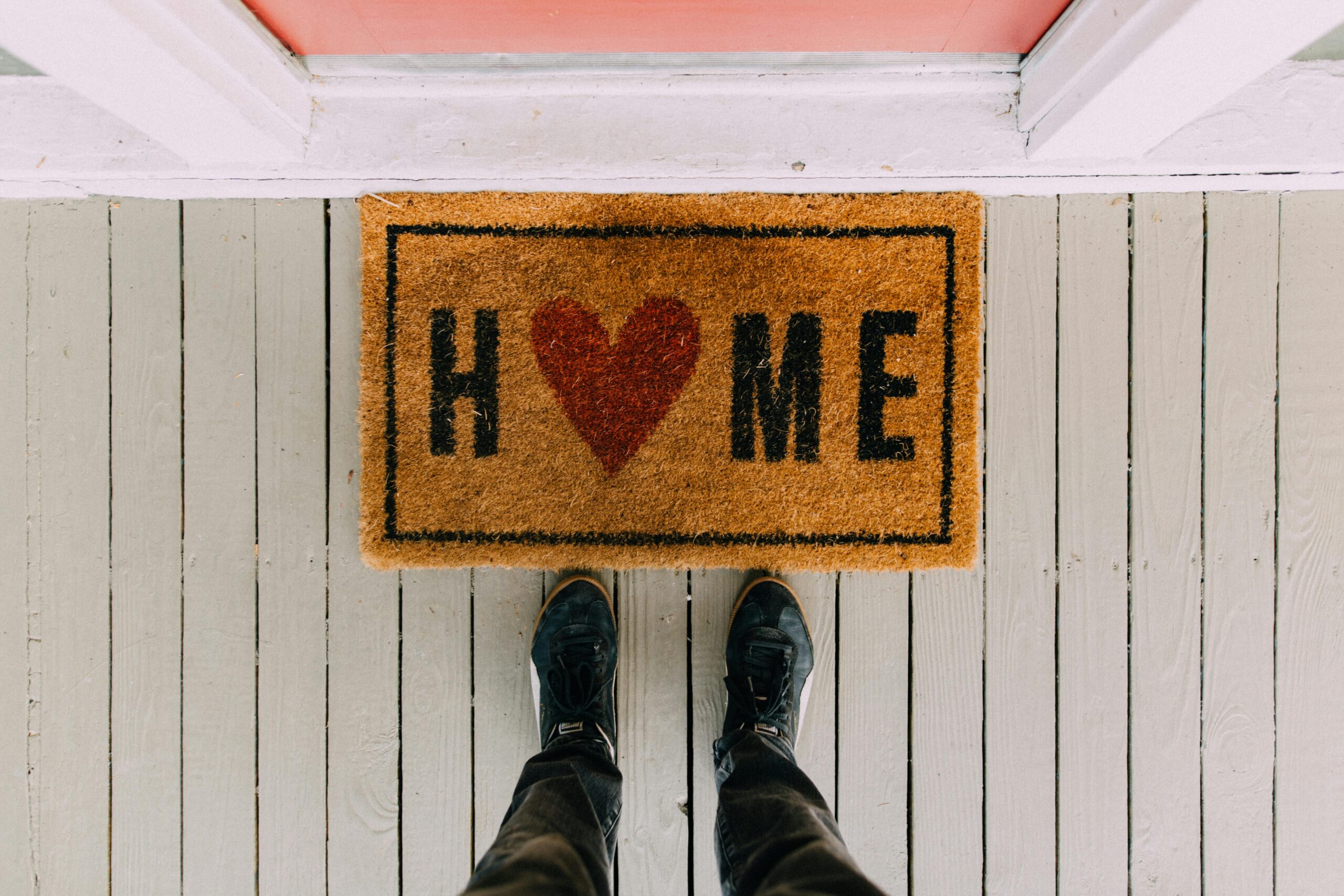Introduction
Have you ever considered how individuals with disabilities navigate their homes? Everyday tasks that many take for granted can be significant challenges. Enhancing accessibility in your home isn’t just a thoughtful gesture; it fosters a welcoming and inclusive environment for everyone. Here are some straightforward ways to make your home more accessible.
Pathways and Entryways
- Clear the Way: Remove obstacles such as clutter, furniture, or rugs from pathways to create a smooth route.
- Wide Doorways: Ensure doorways are spacious enough to accommodate wheelchairs and walkers.
- Ramp Access: Install ramps where there are steps to provide easier access.
Living Room and Bedrooms
- Furniture Placement: Arrange furniture to allow for easy movement and navigation.
- Lower Cabinets and Drawers: Ensure these are accessible for those in wheelchairs.
- Non-Slip Flooring: Use materials that reduce the risk of falls.
- Curtain Rods: Install curtain rods within reach for individuals in wheelchairs.
Kitchen
- Lower Countertops: Adjust countertop height to facilitate cooking and meal prep.
- Accessible Appliances: Choose appliances with controls that are easy to reach and operate.
- Open Shelving: Opt for open shelves to make items more visible and accessible.
- Grab Bars: Install grab bars near sinks and stoves for added support.
Bathroom
- Walk-In Shower: Consider a walk-in shower with a non-slip surface for safety.
- Grab Bars: Place grab bars near the toilet, shower, and sink to aid mobility.
- Accessible Toilet: Install a toilet at a height that accommodates wheelchair users.
- Lever Faucets: Use lever faucets for easier operation compared to knobs.
Beyond the Basics
- Lighting: Ensure adequate and adjustable lighting throughout your home.
- Soundproofing: Minimize noise to create a quieter, more comfortable environment.
- Smart Home Technology: Utilize smart devices to control lights, appliances, and doors for convenience.
- Communication Devices: Provide visual alarms or vibrating doorbells to aid those with hearing impairments.
Conclusion
Improving accessibility in your home doesn’t require extensive renovations; small changes can significantly impact the lives of people with disabilities. By cultivating a welcoming and inclusive space, you can help everyone feel comfortable and at home. Let’s work together to create environments that are accessible for all!
